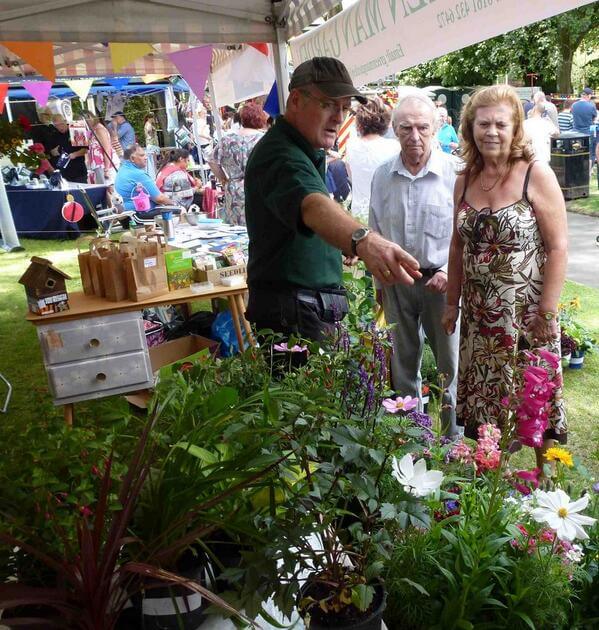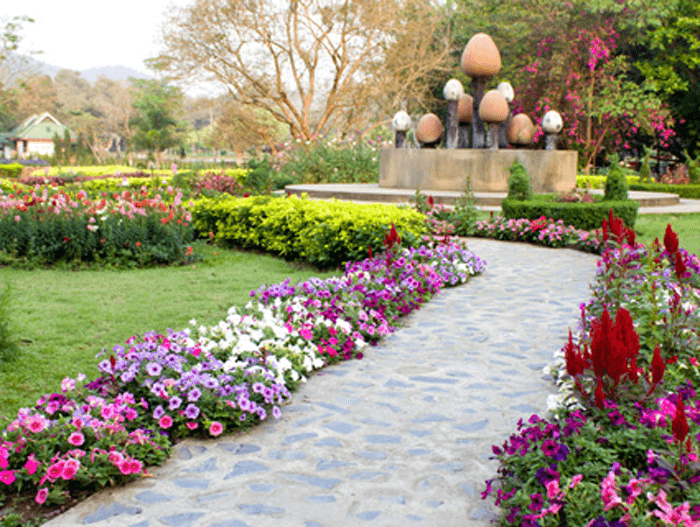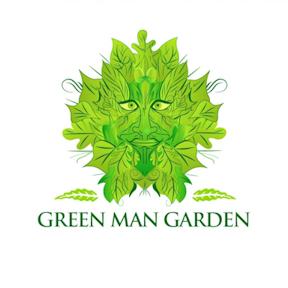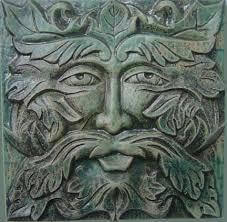About Us
We’ve been providing residential and commercial garden design services since 2011.
My name is Paul Lowis and I am a Whitchurch gardener living in Shropshire.
I have been established since 2011 and I am RHS trained and from a family of gardeners. I work in the Whitchurch, Prees, Marbury, Wem, Nantwich and Shrewsbury area as a local gardener.
As the name suggests I have a passion for sustainable gardening, wildlife friendly, organic and grow your own. I am a member of the Whitchurch Walkers and at the time of writing, soon to be a member of the Whitchurch Business Group.
In a previous life I was a senior bank manager with a large commercial bank. You could say I moved from growing money on trees to the real thing!
Having recently moved from the Stockport area I am focusing my work on soft landscaping and design and garden advice. If you have a problem area in your garden or just moved and want to know what plants you have growing, I can help with an audit. Maybe you want to become more environmentally friendly or attract more wildlife to your garden again I can assist you achieve your goals.
Please get in touch so that I can tender and quote competitively on price.


Our Challenge…
To grow the business whilst maintaining our excellent customer service and intimate understanding of our clients’ individual needs.
If you feel that we can help you please contact me or give me a call. We are always happy to help!You can also follow me on Twitter.
Enjoy your garden or green space!
The Green Man
The Green Man represents the ethos, values and purpose of my business. I have used his image throughout the website and also on all my materials, paperwork and work wear.
I thought it might be interesting to draw together the various themes and symbolism of the Green Man through history to gain insight into what the Green Man represents and explain why I have used his image. See what you think.
The Green Man is often seen as an ancient spirit of Nature, recognized by many civilizations and adopted by many religions. The Green Man can be seen as a god of vegetation and plant life, symbolising the life that is found in the natural plant world, and in the earth itself. He represents spirits of trees, plants and foliage. He symbolises mythic rebirth and regeneration, and has become linked to the Christian belief of resurrection.
Carvings go back to the medieval times and have been seen in architecture on churches since the Middle Ages. The carvings were thought to ward off death and evil. The Green Man can be found in churches, chapels and cathedrals all across Europe. The message of his image appears to be the same – there is life after death.
He is often seen as being associated with spring (May Day) but also with autumn. Some Green Men incorporate pairs of acorns into their designs. Acorns, partly due to their shape, were also a common medieval fertility symbol, which perhaps suggests a stronger link with rebirth, as well as with harvest-time.
In medieval times he was symbolic of life. The Green Man associated with regeneration and that fresh crops would return to the soil each spring ultimately leading to a successful and plentiful harvest.
The Green Man in its current context is associated with and is seen as a symbol of the continuous regeneration of life and the interdependence of all living things. He is associated with the Green Party, sustainability, nature, the environment and its protection.


